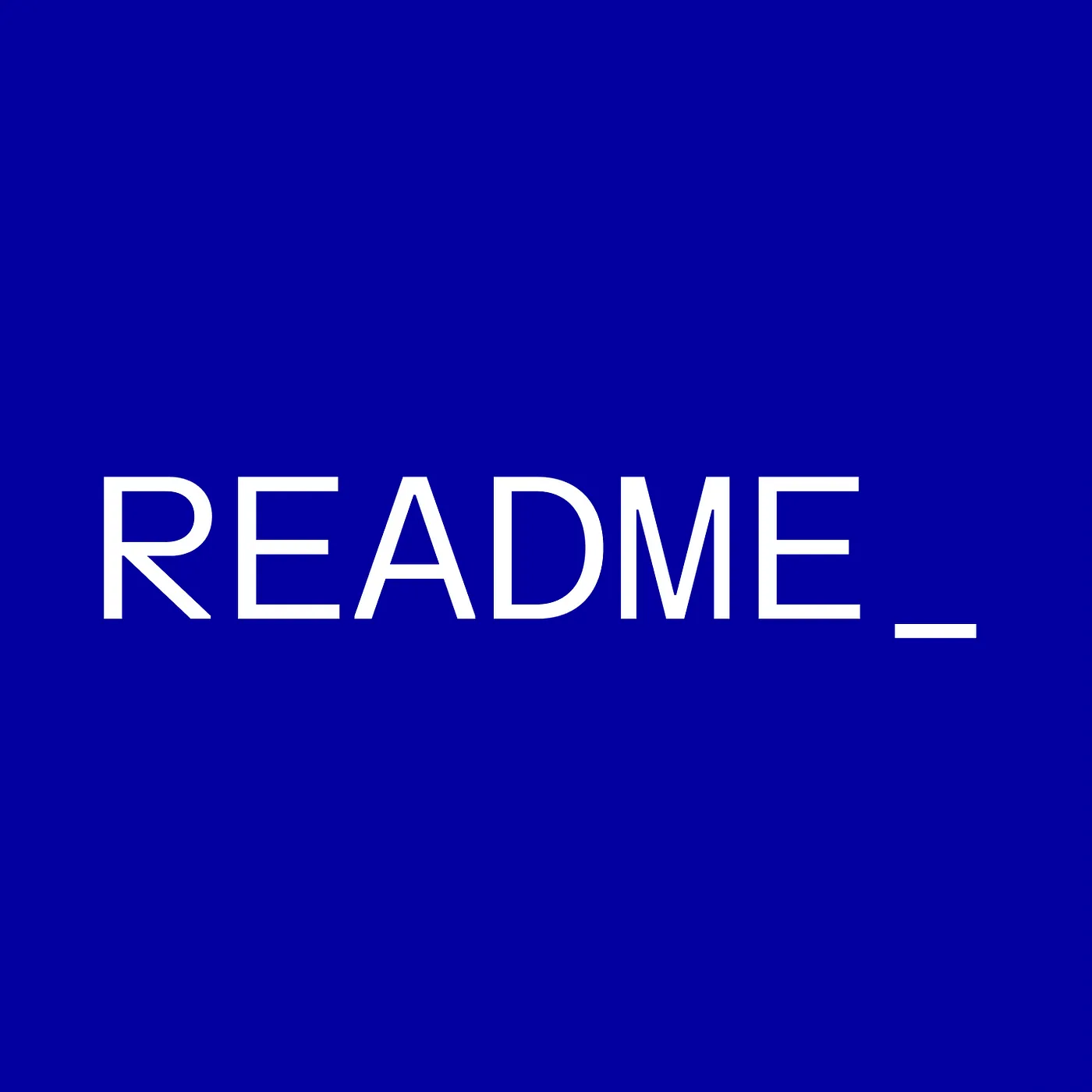Why we’re investing in cybersecurity journalism by launching README

I became obsessed with cybersecurity as a teenager, securing customers’ websites when I ran a shared web hosting service — my first foray into this industry. Of course, at that time, only 2 percent of US households even had access to the internet. Back then, I couldn’t have imagined that I would have been recruited by the NSA — where I spent five years working as an offensive cyber analyst — let alone building a leading cybersecurity company. And no one could have imagined that cybercrime would become a trillion dollar industry. Now, almost 25 years later, we live in a completely connected world. Most critical infrastructure runs online, and more than 46 billion devices will be connected to the internet by the end of this year. The collective attack surface is massive. Cybercrime is a major threat for every corporation, financial institution, government entity and individual. And it’s not just the lone cybercriminals we have to worry about. Today, we’re dealing with multinational digital criminal enterprises and hostile nation-states, upping the ante from data breaches to election hacking to infiltrating software that every American corporation relies on to run their businesses.
While major cyberattacks make headlines in mainstream media, these stories often don’t contain necessary details, analysis and expertise. The SolarWinds Orion hack — reportedly the most extensive ever on a US corporation — was a prime example. Much of the coverage lacked fact-checking about critical elements, such as the level of technical sophistication required to break into the code of a major software provider. Many of the stories didn’t offer any analysis, either, that explored the lack of oversight that allowed attackers to remain undetected for years.
Cybersecurity is too important to get it wrong. Leaving out the experts — the researchers who know this storylines and topics the best — is playing without your star players. It’s time to upgrade the discussion.
At Synack, where I’m the CEO, our experience working to protect some of the world’s largest and most sophisticated companies has helped us build an incredible network of elite cyber researchers and practitioners. These individuals are living and breathing cybersecurity every day and their perspectives and insights make them a critical resource in understanding the bigger cybersecurity picture. These are the star players not just at Synack, but in the broader infosec community, too.
With these resources at our fingertips, we decided to start README, a publication covering the issues, ideas and people shaping the future of cybersecurity. No, we aren’t launching this just to focus on our researchers. We’re setting out to cover the entire space with all types of authoritative and expert voices who understand this field and the crisis that we’re facing together. We aren’t pushing a Synack agenda. This is an effort to foster a bigger and more inclusive conversation that provides a place for deeper and more expert analysis of cybersecurity problems as well as potential solutions.
The editorial team helping launch README, led by Michael B. Farrell, will ensure each contribution adheres to journalistic standards of integrity, fairness and accuracy. The founding contributors including Shaun Waterman, Josephine Wolff, Seth Rosenblatt, Payal Dhar, Nathaniel Mott and Joshua Eaton bring deep knowledge of technology and years of experience covering the toughest cybersecurity and national security issues.
And of course, we would love to hear from you about the cybersecurity issues you’re most interested in covering. We look forward to your feedback, engagement and contributions. Thanks for reading!




